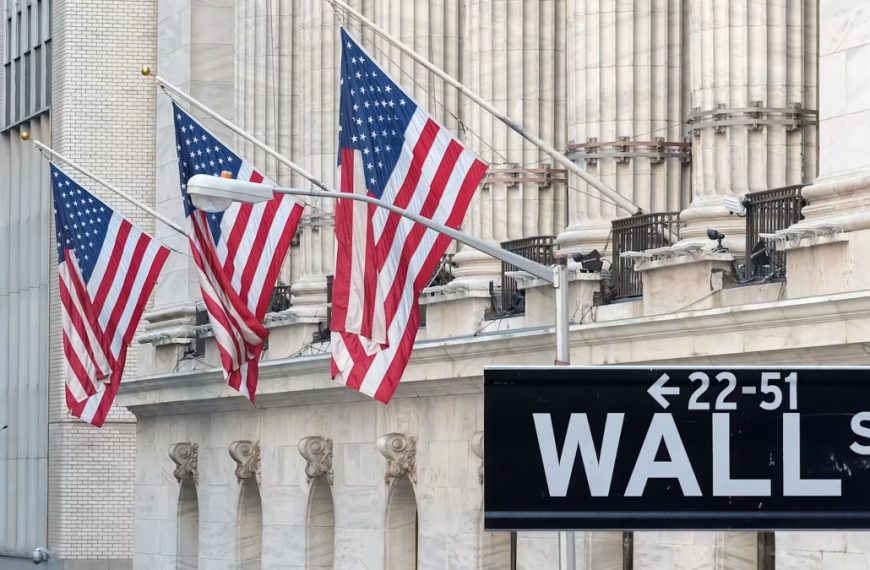On February 22, 2025, the cryptocurrency landscape faced a seismic event when Bybit, a prominent crypto exchange, became the target of an unprecedented hack, resulting in a staggering loss of $1.5 billion. This breach, attributed to the infamous Lazarus Group, a cybercrime organization believed to have ties to North Korea, marks another chapter in the ongoing saga of high-stakes crypto thefts. Previous incidents, such as the $610 million heist from Poly Network in 2021 and the $540 million attack on Ronin Network in 2022, highlight the persistent threats in this digital frontier.
Why Don’t Traditional Exchanges Experience Similar Hacks?
While the crypto world is reeling from these attacks, one question lingers: why are traditional stock exchanges, like the NYSE, NASDAQ, BSE, or NSE, seemingly impervious to such breaches? These markets manage trillions of dollars in assets—far exceeding the crypto sector—yet they remain largely secure.
The answer lies in the distinct nature of asset management between traditional financial systems and cryptocurrency exchanges.
Understanding Asset Custody: Traditional vs. Crypto
When you purchase stocks on regulated exchanges—whether in the U.S. or India—you don’t receive a physical certificate. Instead, ownership is maintained electronically by a central custodian, such as the Depository Trust & Clearing Corporation (DTCC) in the U.S. or NSDL/CDSL in India. Here’s how it operates:
- Trade Execution: You execute a stock purchase through a broker, transferring funds from your bank to the broker and then to the seller.
- Settlement & Clearing: The custodian updates its records to reflect the new ownership of the stock.
- Delayed Finalization: The entire clearing and settlement process takes two days (T+2), providing multiple layers of verification and fraud prevention.
This system means investors do not have direct control over their assets, significantly reducing the risk of large-scale theft.
The Vulnerability of Cryptocurrencies
Cryptocurrencies are comparable to Achilles from Greek mythology—strong yet vulnerable. Bitcoin, the pioneer of digital currencies, was created to counteract inflation in centralized systems. Ownership of cryptocurrencies allows for direct custody, eliminating the need for intermediaries and enhancing censorship resistance. However, this also places the burden of security squarely on the asset owner.
Sending money digitally, whether in rupees or dollars, often requires intermediaries, exposing users to additional risks.
For instance:
- In India, transferring funds abroad requires central bank approval.
- In the U.S., you can’t send money to Japan during weekends or after business hours due to banking limitations.
The Target on Centralized Crypto Exchanges
Centralized exchanges like Binance, Coinbase, and others serve as both brokers and custodians, storing user assets in exchange wallets. This setup makes them attractive targets for hackers. Unlike traditional markets, crypto transactions settle instantly on the blockchain, leaving little room for fraud detection or reversal.
The fundamental design of self-custody and immediate settlement makes crypto exchanges notably more susceptible to security breaches compared to their traditional counterparts.
Security Measures in Traditional Markets
Traditional stock markets have established robust multi-layered security systems, regulatory oversight, and institutional custodianship to thwart large-scale hacks. In contrast, the crypto industry is still maturing, grappling with the balance between decentralization and security. Until a more secure framework is developed, significant breaches may continue to plague the crypto sector.
Institutional Hesitance and the Custody Dilemma
The custody issue has historically prevented institutional investors, such as pension funds, from engaging in Bitcoin investments. Regulations often prohibit these funds from self-custodying assets to mitigate fraud risks.
Imagine investing in a pension fund only to discover later that it doesn’t actually possess the claimed assets. Therefore, investment managers are required to report their holdings through custodians, which ensures operational security and transparency.
The Rise of Bitcoin ETFs
With the introduction of ETFs in the U.S., traditional funds have found a way to diversify into Bitcoin without worrying about direct security risks. For example, when investing in a BlackRock Bitcoin ETF, investors trust that even in the event of a hack, the firm will ensure their investments are safeguarded, based on its reputation for managing $10 trillion in assets.
Conclusion
The crypto industry is at a crossroads, needing to evolve its security protocols while maintaining its decentralized ethos. As the landscape continues to change, it remains crucial for investors to understand the inherent risks and safeguards associated with both traditional and digital asset management.
For further insights on financial trends and cryptocurrency, explore our other articles in the Financial Express series.
Author: Nithin Eapen, a passionate technologist and entrepreneur, focuses on finance, cryptocurrencies, and technology. Reach out to him at neapen@gmail.com.











